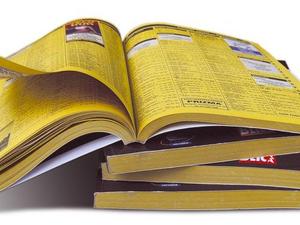Last week, BrightScope launched Advisor Tool, a new and improved way to search for investment advisors.
Twin brothers Mike and Ryan Alfred founded BrightScope in 2007 with a goal to “bring transparency to opaque markets.” It accomplishes this through two free services:
- A tool that allows users to view the ratings and rankings of public-company retirement plans (401ks) accessed through a public database.
- The new Advisor Tool, which provides key info for selecting an advisor such as experience, fees, and average account balance.
Here’s how Advisor Tool works:
- Decide: Choose to search for an individual advisor or firm
- Set parameters: Enter what you’re looking for, such as the advisor’s name, city or state, the value of assets, and so on (see inset below).
- Compare: The results include basic info: location, qualifications, area of specialty, client types and more detailed data such as legal disputes, formal complaints, cost of services, and a list of exams passed.

Advisor Tool Features
It allows you to compare and contrast the following characteristics of up to three advisors at a time:
- Type of registration held
- Current employer
- Dollar value of the assets under management
- Average account balance
- Primary client type
- Years of experience
- Fees the advisor charges
- SEC & FINRA disputes
Results can be filtered by the following criteria:
- Number of assets
- Average account balance
- Current employer
- Client types
Analysis
Besides sitting down with a phone book, asking Aunt Laura, or Googling financial advisors, users can search directly through the FINRA and the SEC databases. However, both have been described as “clunky” and “needlessly complex.” BrightScope brings web 2.0 search and discovery to this important area.
While the tool is powerful, it is not without limitations. The results are only as good as the sources of information used, primarily Financial Industry Regulatory Authority (FINRA) BrokerCheck database and the Securities Exchange Commission (SEC) investment advisor database.
search results will prove even more useful. BrightScope expects to be one of the most effective marketing tools available to advisors.




















